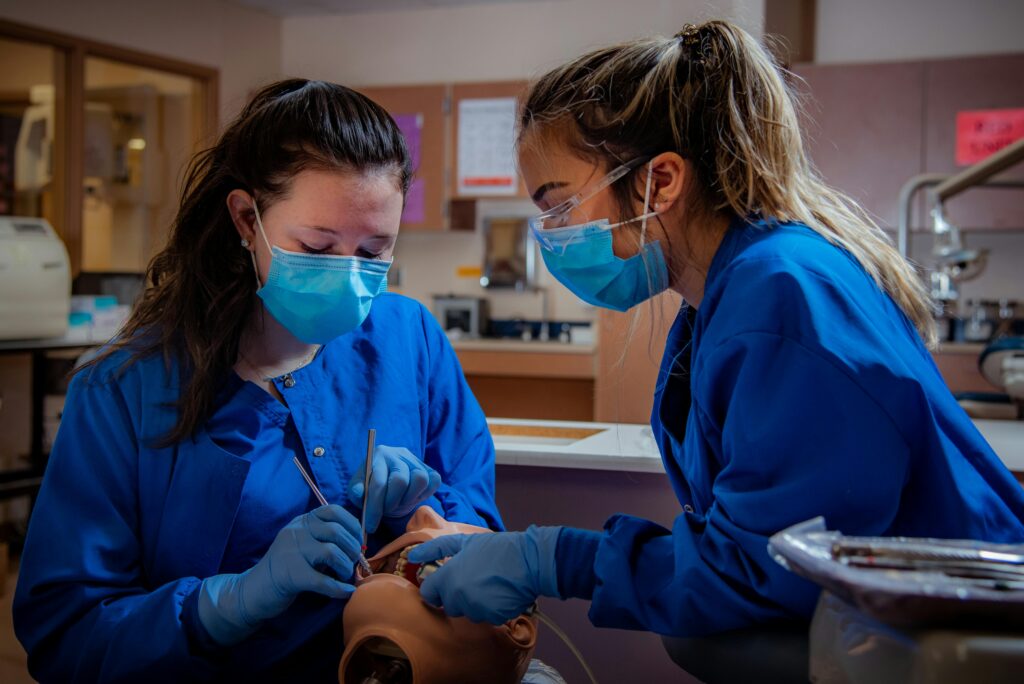Introduction
Vascular health, encompassing the condition of our arteries, veins, and capillaries, is foundational to overall well-being. These blood vessels are the intricate network responsible for transporting oxygen, nutrients, and hormones throughout the body. Compromised vascular health can lead to a cascade of serious complications, including heart disease, stroke, peripheral artery disease (PAD), and chronic venous insufficiency. Understanding the multifaceted aspects of vascular health—prevention, diagnosis, and intervention—is crucial for promoting longevity and a high quality of life. This article will explore these key areas, providing insights into maintaining healthy vessels and managing vascular conditions.
1. Prevention: A Proactive Approach to Vascular Health
Maintaining optimal vascular health requires a proactive and holistic approach. Lifestyle modifications play a pivotal role in reducing the risk of vascular disease. Adopting a heart-healthy diet rich in fruits, vegetables, whole grains, and lean proteins is essential. Says Dr. Andrew Gomes, these foods are abundant in antioxidants and fiber, which combat inflammation and help regulate cholesterol levels. Furthermore, limiting the intake of saturated and trans fats, sodium, and processed foods is crucial, as these contribute to arterial plaque buildup and hypertension.
Regular physical activity is another cornerstone of vascular health prevention. Engaging in at least 150 minutes of moderate-intensity aerobic exercise per week improves circulation, lowers blood pressure, and helps maintain a healthy weight. In addition to aerobic exercise, incorporating strength training exercises two days a week can further enhance cardiovascular fitness and overall health. These lifestyle changes, implemented consistently, significantly reduce the likelihood of developing vascular complications.
2. Risk Factor Identification: Recognizing the Warning Signs
Identifying and managing risk factors for vascular disease is critical in preventing its progression. Some risk factors are modifiable, such as high blood pressure, high cholesterol, smoking, obesity, and diabetes. Others, like age, family history, and ethnicity, are non-modifiable. Regular health screenings are vital for detecting these risk factors early. Blood pressure and cholesterol levels should be monitored routinely, while individuals with a family history of vascular disease may require more frequent screenings.
Early detection of risk factors allows for timely intervention, preventing the development or progression of vascular diseases. For instance, managing high blood pressure through lifestyle changes and medication can dramatically reduce the risk of stroke and heart attack. Similarly, controlling blood sugar levels in individuals with diabetes is crucial in preventing vascular complications. Understanding and actively managing these risk factors is a proactive approach to protecting vascular health.
3. Diagnosis: Unveiling the Underlying Issues
Diagnosing vascular problems requires a multi-pronged approach incorporating various diagnostic techniques. Physical examinations, including checking blood pressure and listening to heart and lung sounds, provide initial clues. Further investigations often involve non-invasive procedures such as ultrasound, which provides detailed images of blood vessels, allowing for the identification of blockages or abnormalities. Doppler ultrasound assesses blood flow velocity, providing additional information on the severity of vascular disease.
More invasive procedures may be necessary in certain cases. Angiography, involving the injection of a contrast dye into the blood vessels, allows for detailed visualization of the arteries and veins. This technique is particularly useful in identifying blockages in coronary arteries or peripheral arteries. These diagnostic tools, used in conjunction with a comprehensive medical history and physical examination, are essential for accurate diagnosis and appropriate management of vascular conditions.
4. Intervention: Addressing Vascular Compromise
Intervention strategies for vascular disease vary depending on the severity and location of the problem. For mild to moderate cases, lifestyle modifications such as diet and exercise, coupled with medication to manage blood pressure, cholesterol, and blood sugar, are often sufficient. Medication may include statins to lower cholesterol, antihypertensives to control blood pressure, and antiplatelet agents to prevent blood clot formation.
In more severe cases, minimally invasive procedures or surgery may be required. Angioplasty, a procedure that involves inserting a catheter to widen narrowed or blocked arteries, is commonly used to restore blood flow. Stenting, the placement of a small mesh tube to keep the artery open, is often performed in conjunction with angioplasty. In cases of severe peripheral artery disease, bypass surgery may be necessary to reroute blood flow around blocked arteries. The choice of intervention depends on individual circumstances and the severity of the vascular condition.
5. Ongoing Management and Lifestyle Integration
Effective management of vascular health is not a one-time event but rather an ongoing process requiring sustained effort and commitment. Regular follow-up appointments with healthcare professionals are essential to monitor progress, adjust medications as needed, and address any emerging concerns. Adherence to prescribed medications is crucial in maintaining optimal vascular health and preventing complications. Furthermore, a consistent commitment to lifestyle modifications, including a healthy diet, regular exercise, and smoking cessation, is paramount.
Beyond medical interventions, integrating strategies for stress management, such as meditation, yoga, or deep breathing exercises, plays a vital role in overall vascular health. Chronic stress can negatively impact blood pressure and contribute to vascular inflammation. By prioritizing holistic well-being, incorporating stress-reduction techniques, and maintaining open communication with healthcare providers, individuals can effectively manage their vascular health and improve their quality of life.
Conclusion
Vascular health is a cornerstone of overall well-being, and its importance cannot be overstated. Proactive prevention through lifestyle changes, diligent risk factor management, timely diagnosis through various investigative techniques, and appropriate interventions significantly improve outcomes. A holistic approach integrating lifestyle modifications, medical treatments, and stress management is crucial for long-term vascular health. By prioritizing vascular well-being, individuals can enhance their quality of life and reduce the risk of life-threatening vascular complications.

